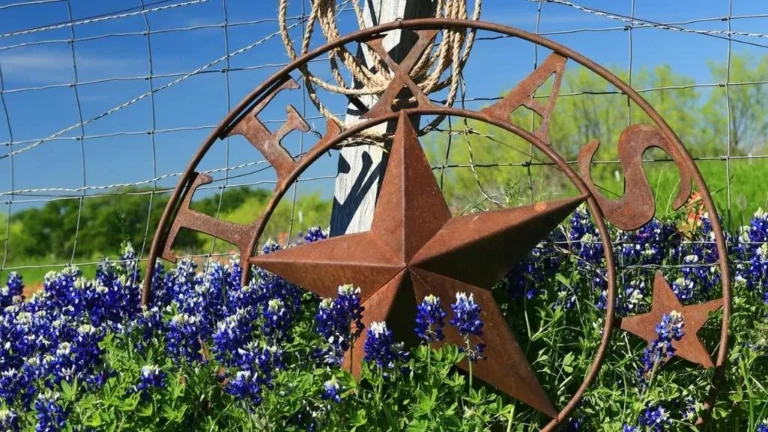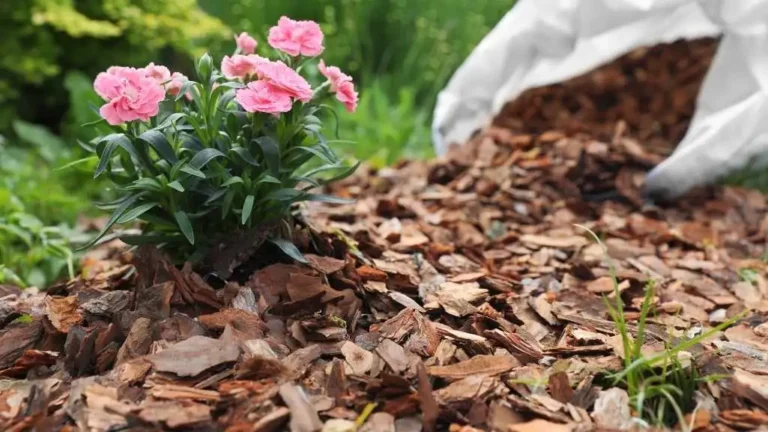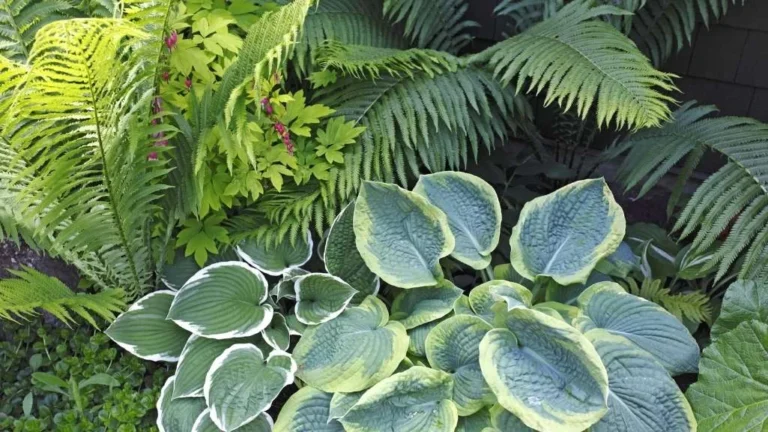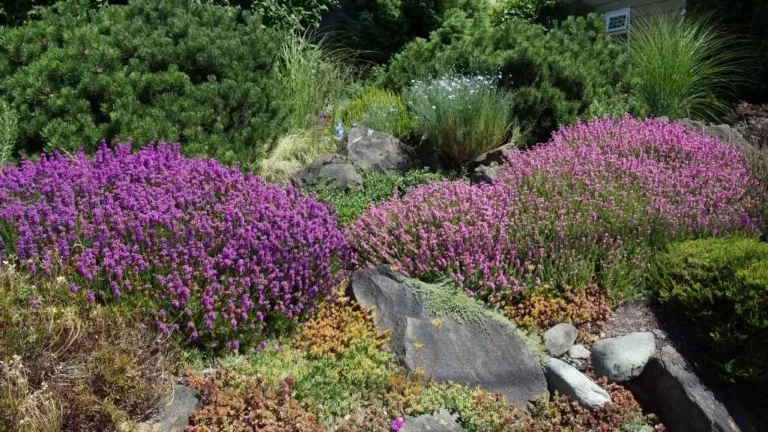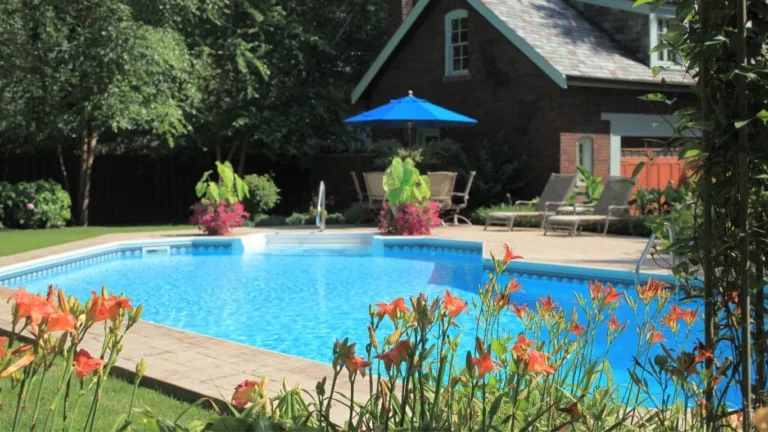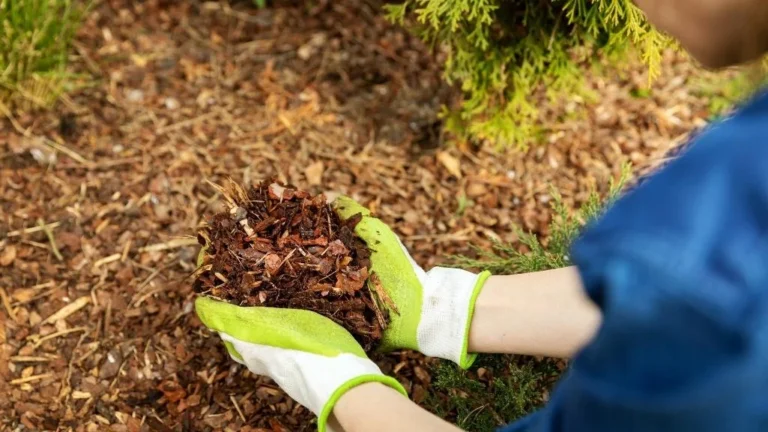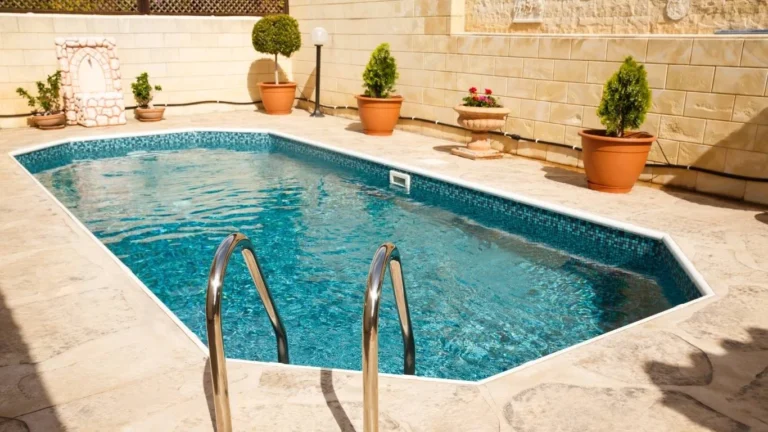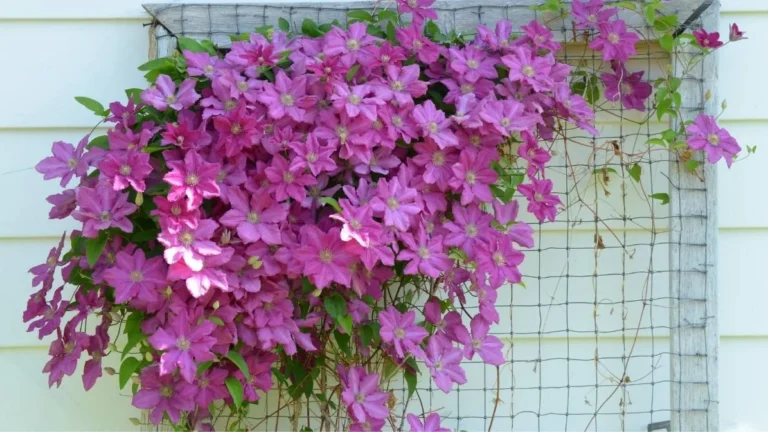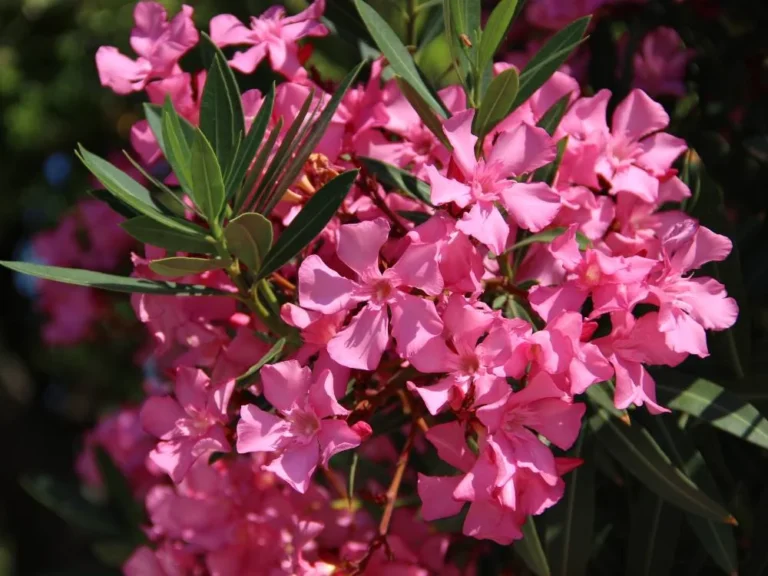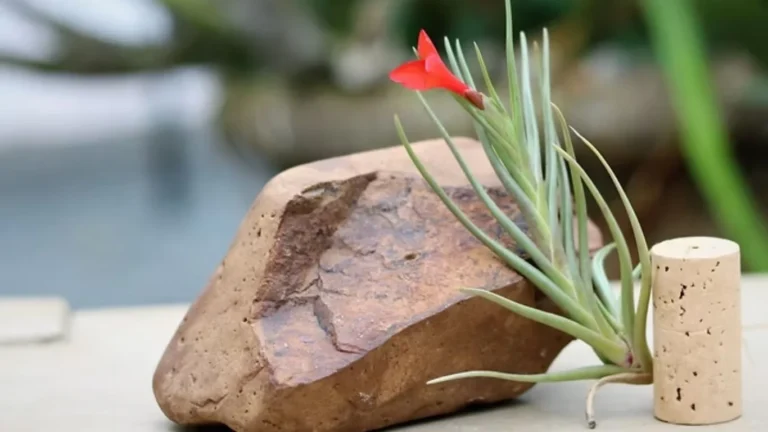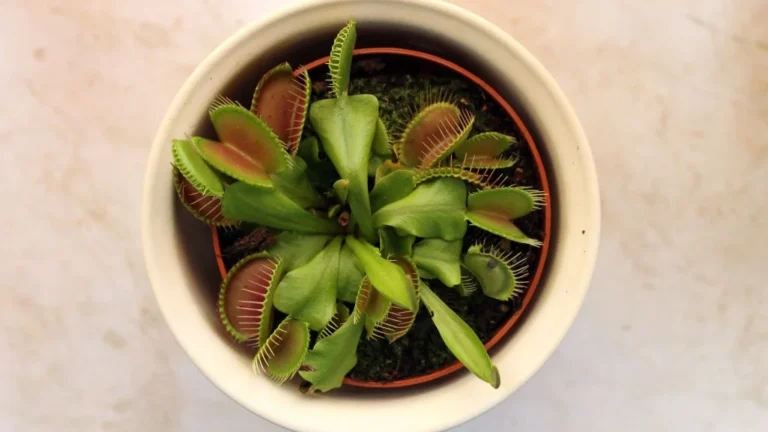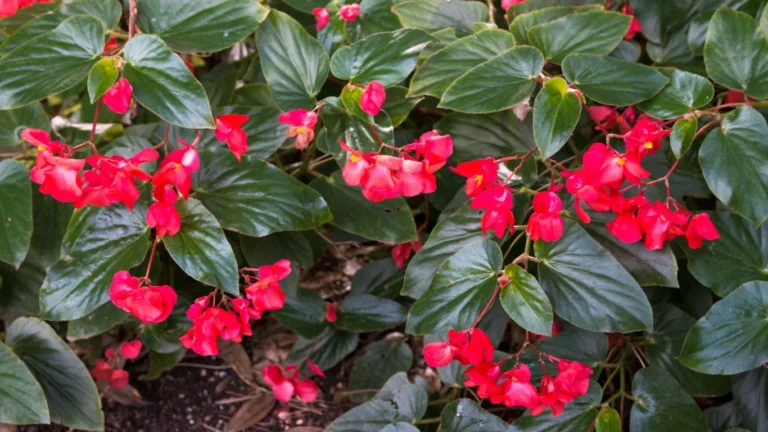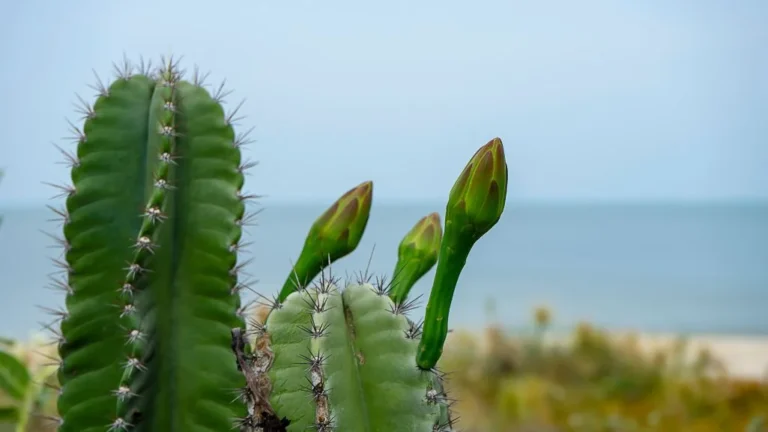Money Tree Features
Scientific name | Pachira aquatica |
Family | Malvaceae |
Common names | Money tree, Malabar chestnut, Guiana chestnut, Provision tree, Saba nut |
Native | Central and South America |
Hardiness Zone | USDA zones 10 to 12 |
Are there any varieties of the money tree?
Yes, the money tree has another variety called a variegated money tree. Variegated money trees are rare but the caring requirement is almost same.
Appearance
The Money tree (Pachira aquatica) has glossy, oval-shaped pointed leaves. It has thick, woody textured trunks that are flexible to make braids at a young age. Multiple stems come out from the top of the trunk, and 5-6 dark green leaves come out of each stem, forming a canopy. Typically, this plant can go up to 6 to 8 feet indoors if a proper environment is provided.
Growing Conditions
Requirements for money tree at a glance
Elements | Requirement |
Sunlight | Bright indirect sunlight |
Temperature | 65°F to 85°F |
Humidity | 60-70% |
Soil pH | 6.0-7.5 |
Soil mixture | Well-drained peat-based soil |
Container | Ensure drainage holes |
Water | 2-4 times of heavy watering and then wait for the soil to dry out completely |
Fertilizer | Once a month during summer and spring |
Note: Soil pH level indicates how acidic or neutral the soil is. On a scale of 1 to 10, 7 means neutral. A pH value of less than 7 indicates more acidity and a pH of more than 7 indicates more basicity. Money tree plants require slight acidity to neutralize the soil.
Soil Mixture
Money tree plant requires moist and fertile soil with good drainage holes. The best potting mix for money tree plants contains
- Coco-coir (for retaining moisture level),
- Perlite/vermiculite (for increasing aeration in soil),
- Peat moss (helps retain water while allowing the extra water to dry out), and
- Compost (for proving proper nutrition).
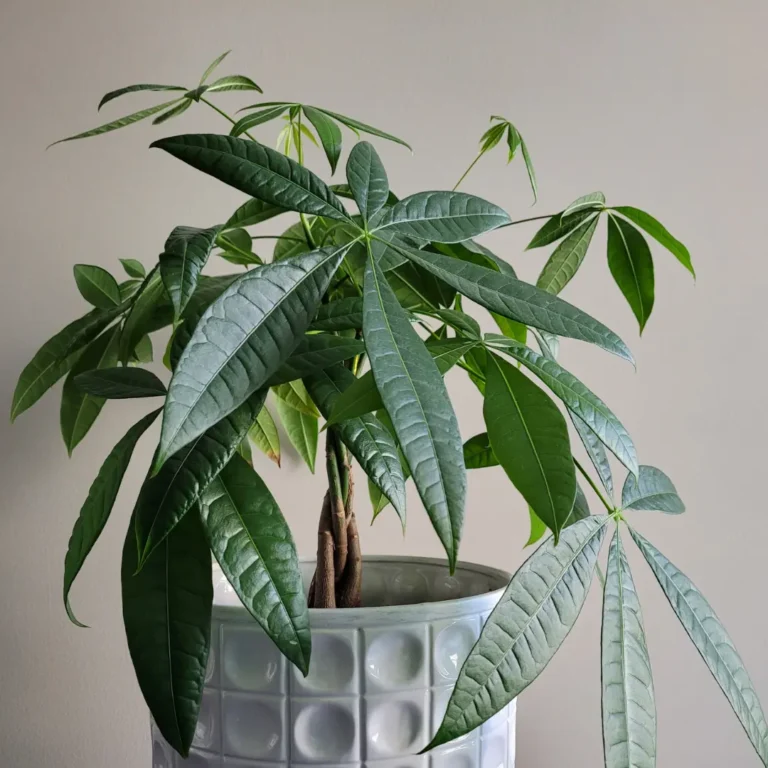
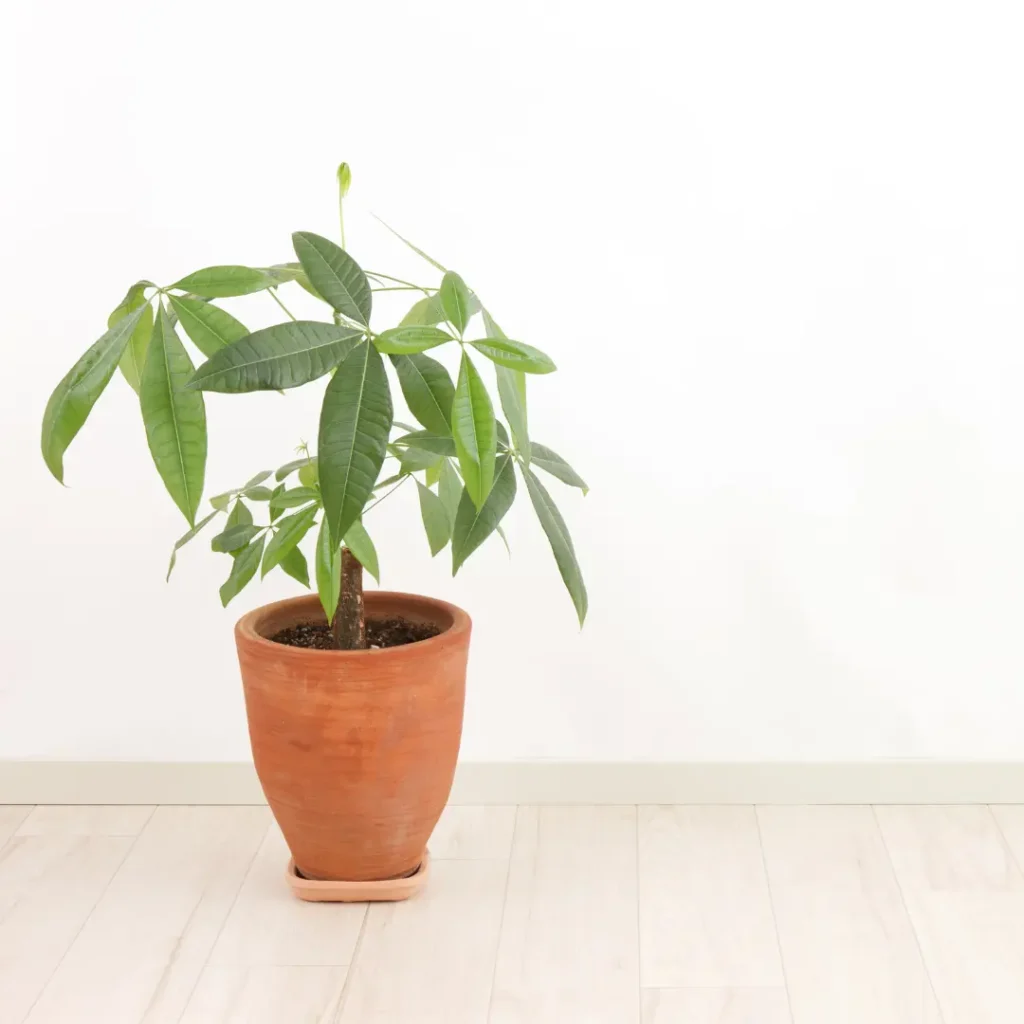
Container
Money tree plants do not require a specific kind of container or planter. Choose a container 2-3 inches bigger than the current pot and ensure a drainage hole below it. This plant will thrive in containers of any material, such as terracotta, plastic, clay, and ceramic. I have put my money tree in a plastic pot and then placed it in a decorative pot.
Sunlight
Money tree plant requires bright indirect sunlight. In an indoor environment, try to keep the plant beside a window where the plant gets at least 4-6 hours of indirect sunlight throughout the day. Rotate the plant by 45 degrees at least once weekly so all the leaves get proper light. Don’t keep the plant outside when below 50 degrees Fahrenheit. On winter days or in low light conditions, grow light can provide the necessary light.
Water
It is best to provide the same environment for any plant in its native area. The money tree plant is native to Central and South America, where it experiences both rainy and drought conditions. So, provide the plant with 2-4 heavy watering monthly, allowing the soil to dry out completely. While water, ensure every part of the soil absorbs water by turning around the planter. Keep pouring water until water comes out of the drainage holes. Do this process 2-3 times. Money tree requires a humid environment. Investing in a humidifier is best to maintain 60-70% humidity. Misting can also be done to the leaves once or twice a week to maintain humidity.
Fertilizer
Money tree plants thrive in fertile soil. Fertilizing once in 4-6 weeks in its growing period (spring and summer) is enough. A balanced, water-soluble fertilizer works best for this plant. Half the dose of fertilizer that is written on the instructions. Otherwise, organic compost is also a good option. Reduce the frequency or stop fertilizing in winter.
Re-potting
Repotting means changing the plant’s existing container. Generally, repotting is done after buying a new plant, in case of root-bounding (when the roots come out of the drainage holes), when the current potting mix is too old to have sufficient nutrition or any trace of pests in the soil. In the case of the money tree plant, repot it when necessary. Plants will grow small in small containers, and in large, they will grow bigger. Money tree plants should be repotted in summer and spring only. While repotting, check the roots for any problems. Prepare the potting mix according to the abovementioned information and then place the plant in a new container with new soil. After repotting, keep the plant in a stable environment with bright light and enough air.
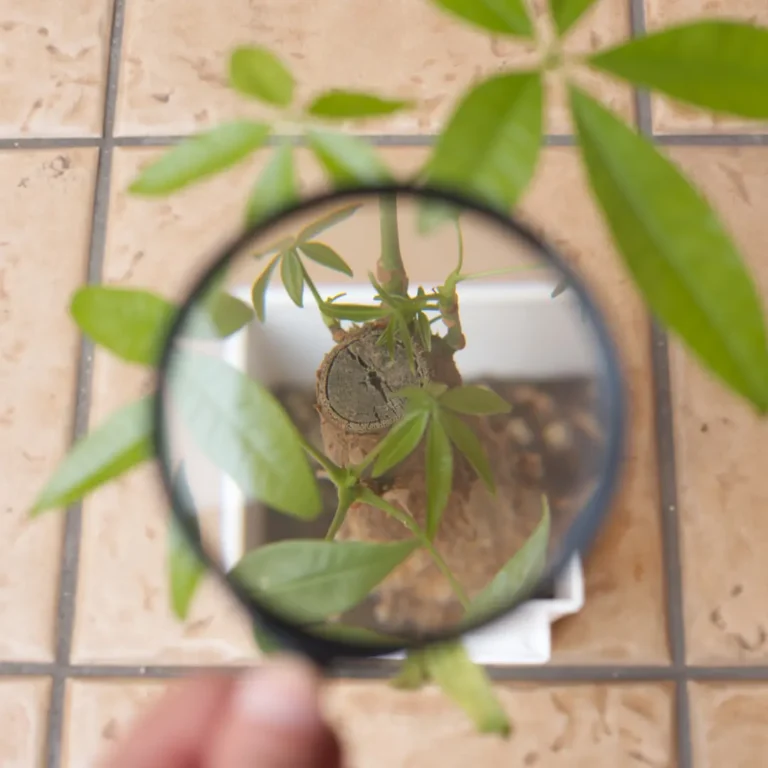
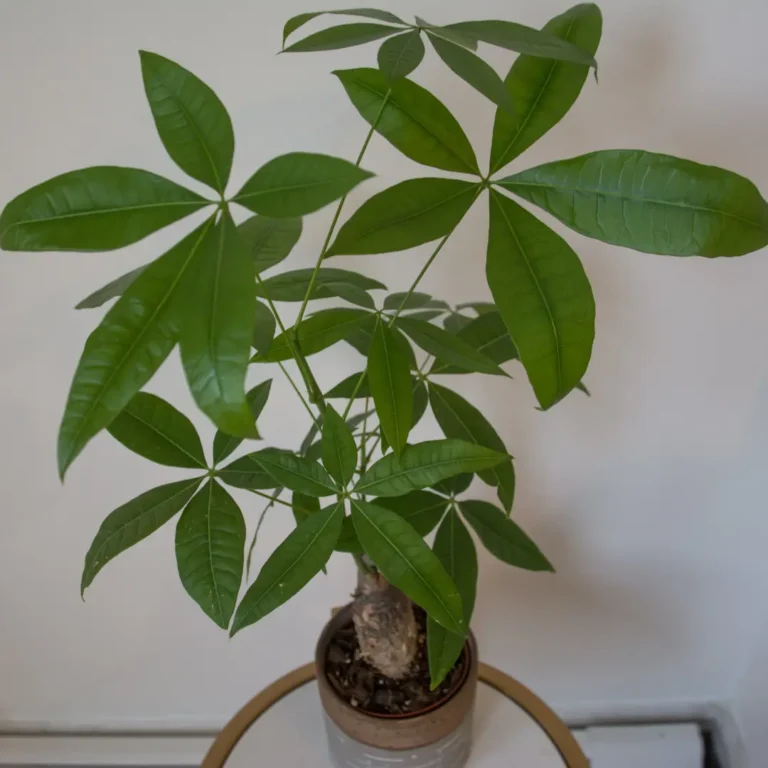
Pruning
Almost every houseplant requires pruning to thrive and to be in good shape. It’s the same for the money tree. Pruning encourages new growth, and new plants can be propagated from the cutting. Always sterilize the knife or scissors with rubbing alcohol before pruning.
Pest
Money tree plants can be attacked by pests in both indoor and outdoor environments. The common pests that may attack the plant are mealy bugs, spider mites, aphids, and fungus gnats. In this case, separate the plants from other plants, spray the plant with neem oil or insecticidal soap, and wipe the insects.
Other Common Issues
- Leaf yellowing is a sign of overwatering, which can lead to root rot. So, observe the watering routine, water the plant when the soil gets dried out, and ensure the potting mix is well drained. Root rot can also be a reason for leaf yellowing. Check the roots and repot the plant with new soil if that is the case. While repotting, trim the mushy, smelly roots.
- Leaf curling, wrinkling, and turning brown are signs of underwatering.
- Leaf dropping is also a common issue for money tree plants. If you have re-potted your plant, it may lose some of its leaves, which is normal. Give the plan time to adjust to the new potting with the new soil.
- Leaf dropping is also a sign of overwatering. Observe your watering routine to check whether you have overwatered your plant. In that case, ensure the soil dries out between the two waters.
- A leggy plant is a sign that the plant is not getting enough light. Put the plant in a place where it gets abundant bright indirect sunlight.
- Droopy leaves are also a sign of overwatering.
Propagation
Money tree propagation is similar to other houseplants. In the case of propagating, one must be careful about the season; money tree must not be used for propagation in winter and fall seasons. The propagation process is done in late spring and summer. The money tree is propagated by stem cutting. The process is as follows.
- At first, Sterilize a knife or a pair of scissors.
- Choose a healthy stem from the mother plant.
- Cut the stem with 2-3 nodes (place from where leaves come out) on it. If the stem has leaves on its lower portion, cut them off.
- Shorten the remaining leaves, which will help the plant to concentrate on root growth.
- Dip the cutting in the rooting hormone, accelerating the rooting process.
- Put the cutting into a container filled with fresh room-temperature water.
- Place the jar in a bright place and change water every 7-10 days.
- Once the new root grows 2-3 inches, place it in the soil.
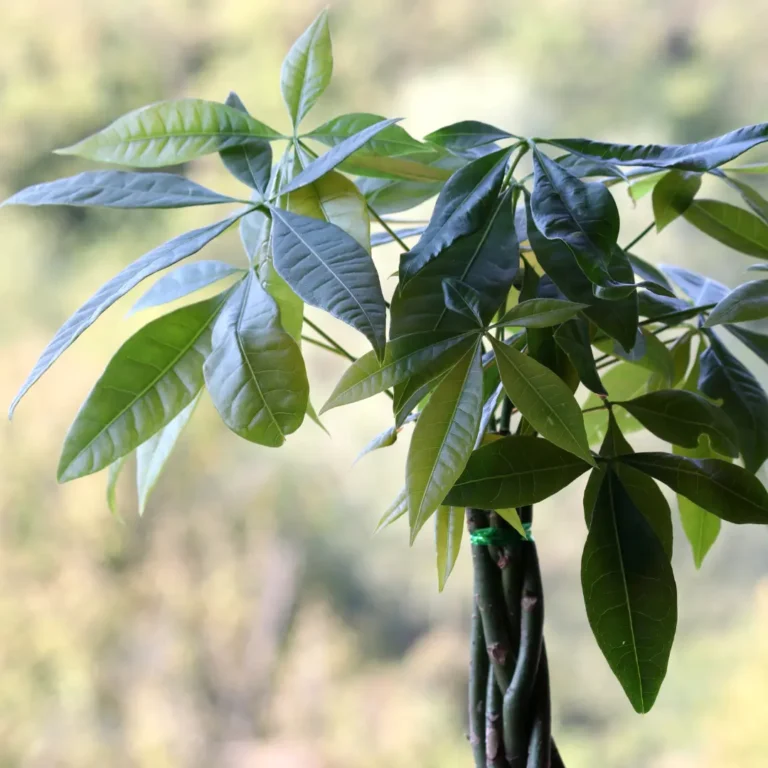

How to Make a Bonsai Money Tree
Bonsai takes patience. The Bonsai money tree is an art of giving the money tree (Pachira aquatica) plant a miniature shape using traditional bonsai techniques and methods. Creating a bonsai money tree requires careful pruning, wiring, and shaping techniques with patience. The steps of making a bonsai money tree are as follows.
- Choose a healthy plant with a healthy trunk and several young stems.
- Select a bonsai pot with drainage holes for the bonsai money tree.
- Prepare a moist holding, well-drained potting mix, which includes gravel, river sand or coarse sand, cocopeat, vermicompost, and perlite. Anyone can use premade bonsai soil also.
- Prune the plant in the desired shape and eliminate dead or brown leaves or branches.
- Now gently remove the plant from the container and inspect the roots for any fungal attack or rot.
- Trim away girdling roots (roots that grow in a circular or spiral shape).
- Place the plant in the bonsai pot and fill the pot with potting mix.
- The Bonsai money tree requires moist soil and bright indirect light. So, put the plant where it gets the needed light throughout the day. Avoid keeping the plant in direct sunlight. Moist the soil regularly, but avoid overwatering.
- Feed the bonsai money tree with a balanced liquid fertilizer during the growing season (spring and summer) to promote healthy growth. Follow the instructions on the fertilizer package for application rates.
- Keep patience and check the plant regularly for pests and diseases.
- Bonsai needs years and years of routine care with patience and attention. With proper care, the bonsai money tree will thrive gradually in its desired shape.
Tips for Money Tree
- Rotate the plant at least once in two weeks so that all the leaves get the optimal light.
- As the plant’s young leaves are fragile, keep them out of reach from children and pets.


